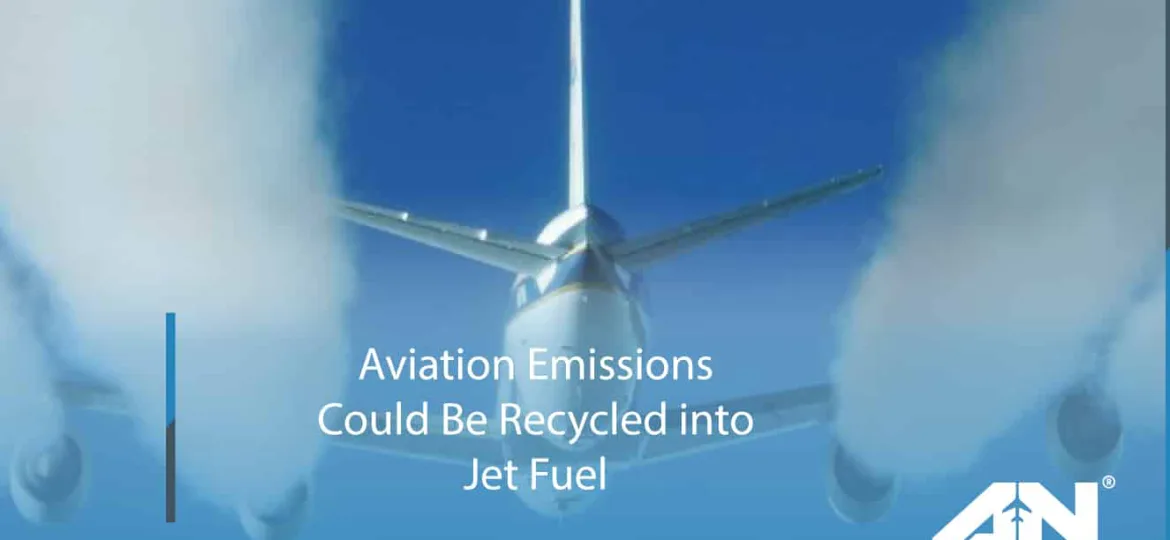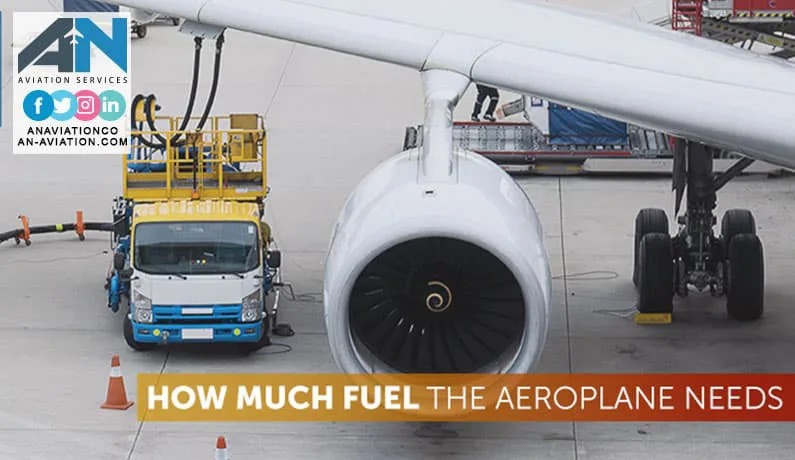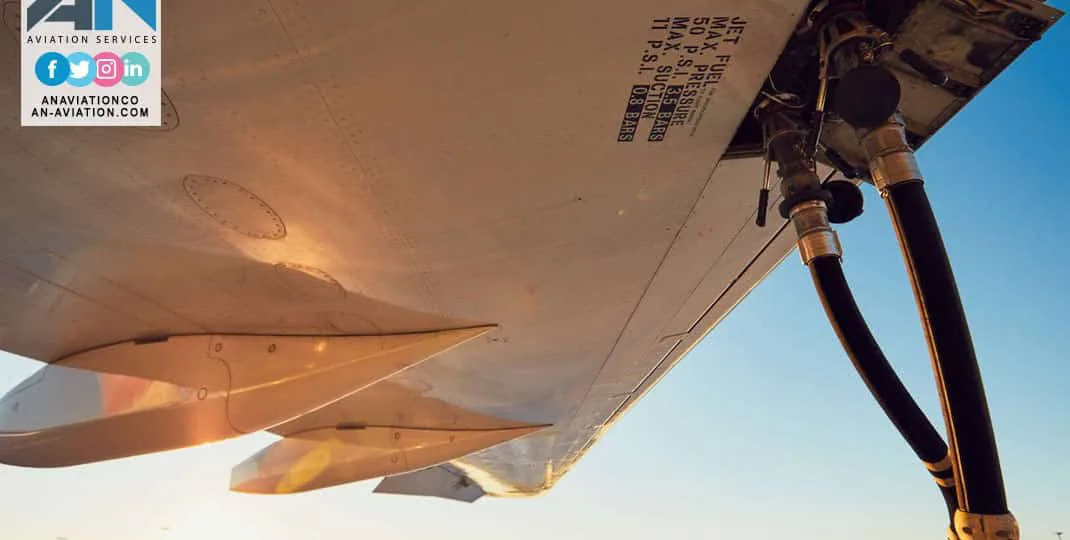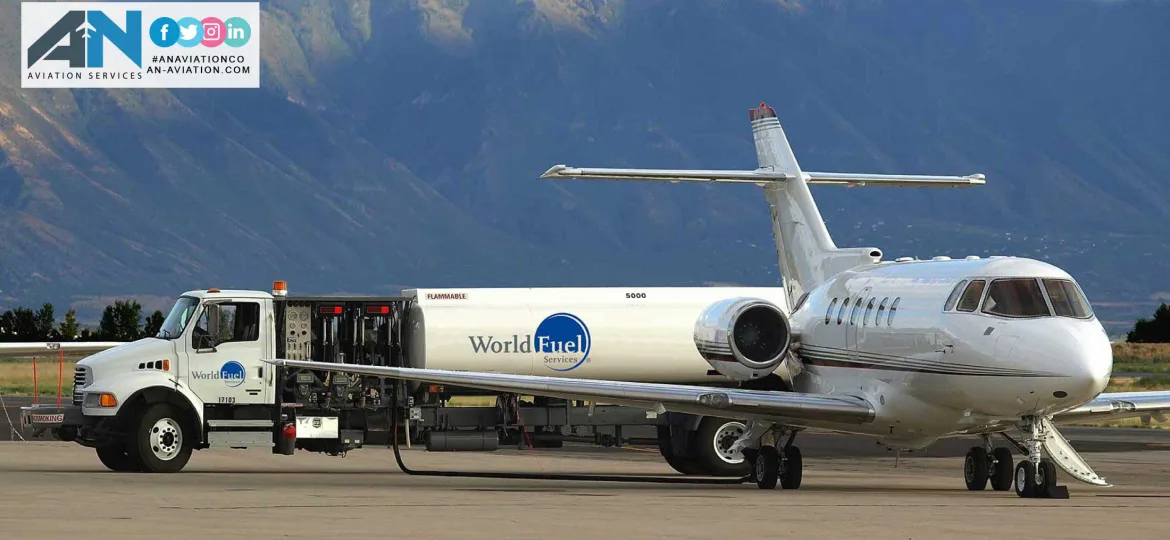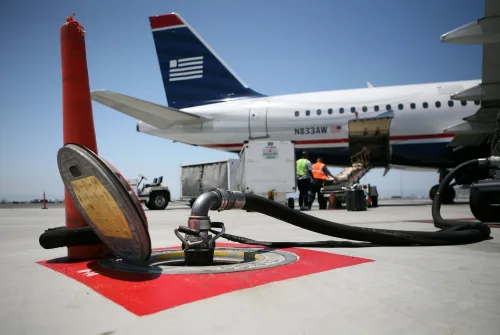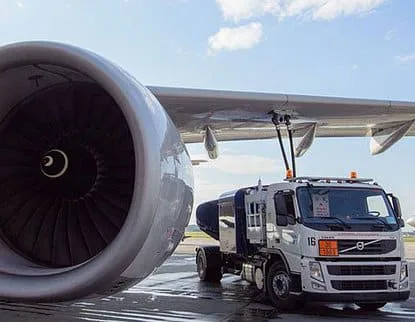The aviation industry, a cornerstone of global connectivity, has long-faced scrutiny for its greenhouse gas emissions.
Fuel
As the aviation industry emerges from the challenges of the COVID-19 pandemic, the focus has shifted toward rebuilding a more sustainable future.
Bad fuel can not only lead to costly repairs but also compromise the overall reliability of your plane, putting safety at risk.
The aviation industry has long been a cornerstone of global connectivity, enabling people and goods to traverse the world at an unprecedented pace.
One of the most essential and carefully calculated aspects of aviation is fuel management. The amount of aeroplane fuel required for any given flight is determined by a range of factors, from the aircraft’s type to the flight distance, weather conditions, and even the weight of passengers and cargo.
With mounting pressure to reduce greenhouse gas emissions and combat climate change, innovative solutions are being explored to replace conventional jet fuel derived from crude oil.
If you’ve ever wondered how much aircraft fuel is required for a flight, you’re not alone. Whether it’s a short hop between cities or a long-haul international journey, calculating fuel for an aircraft involves careful planning and precise regulations.
If you’ve ever sat by the window on a plane and looked out at the wings, you might not know that these large structures are not just there to help the aircraft fly—they also serve as massive fuel tanks. But why is fuel stored in the wings rather than other parts of the plane?
Aviation fuel is one of the most critical elements of air travel, but it’s often something passengers don’t think much about. Without it, no airplane could take off, stay airborne, or land.
Refueling aircraft on the ground is a critical operation that requires stringent safety measures to ensure the safety of the crew, passengers, and ground personnel.





